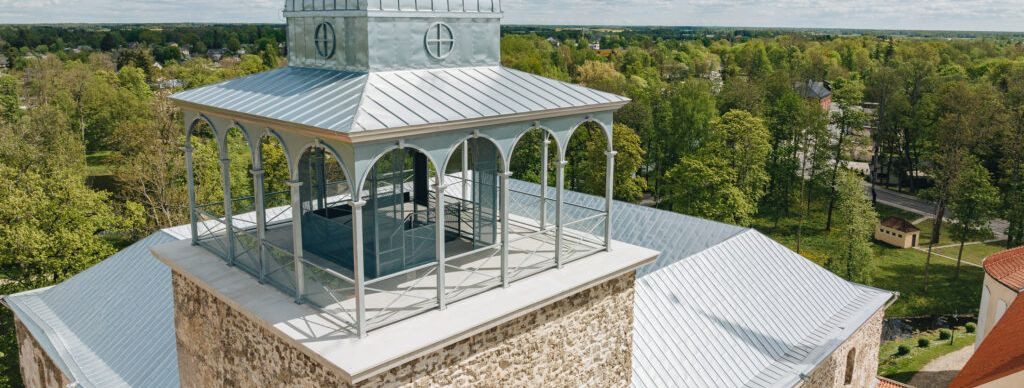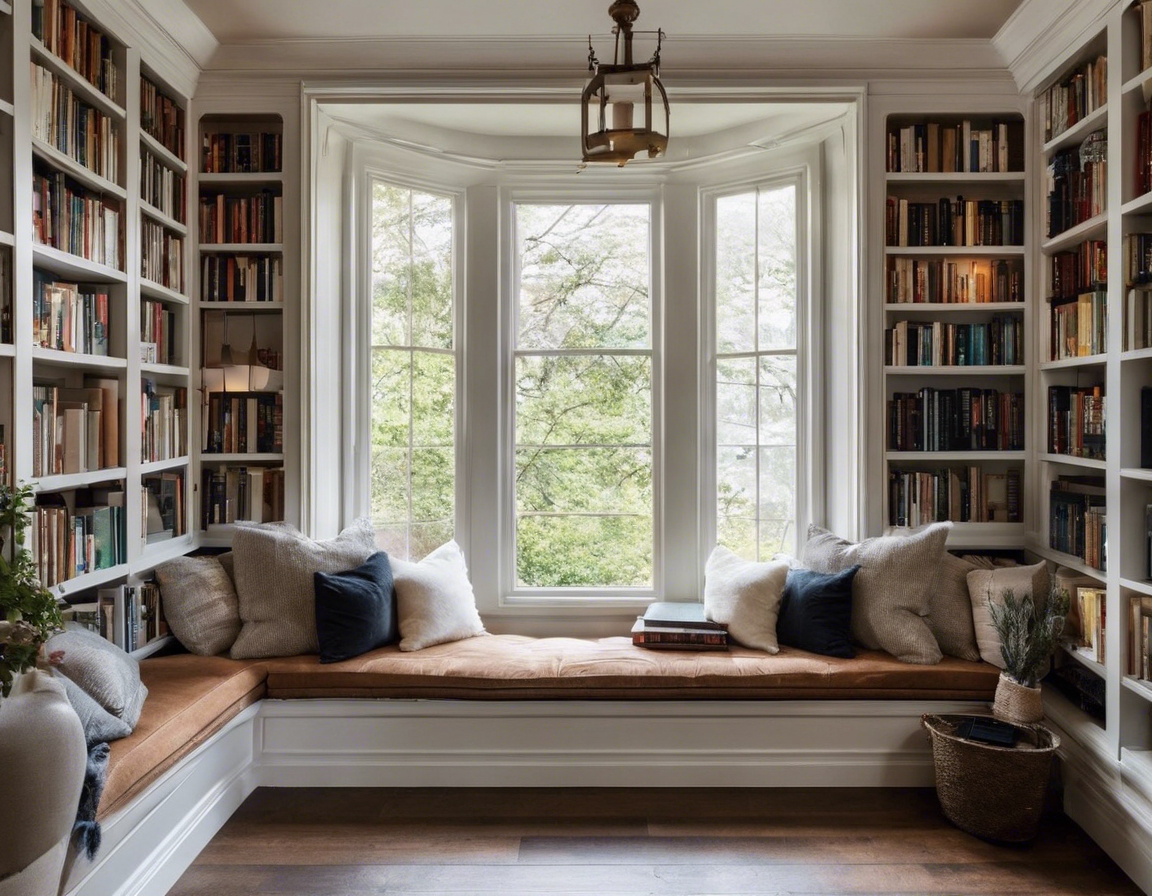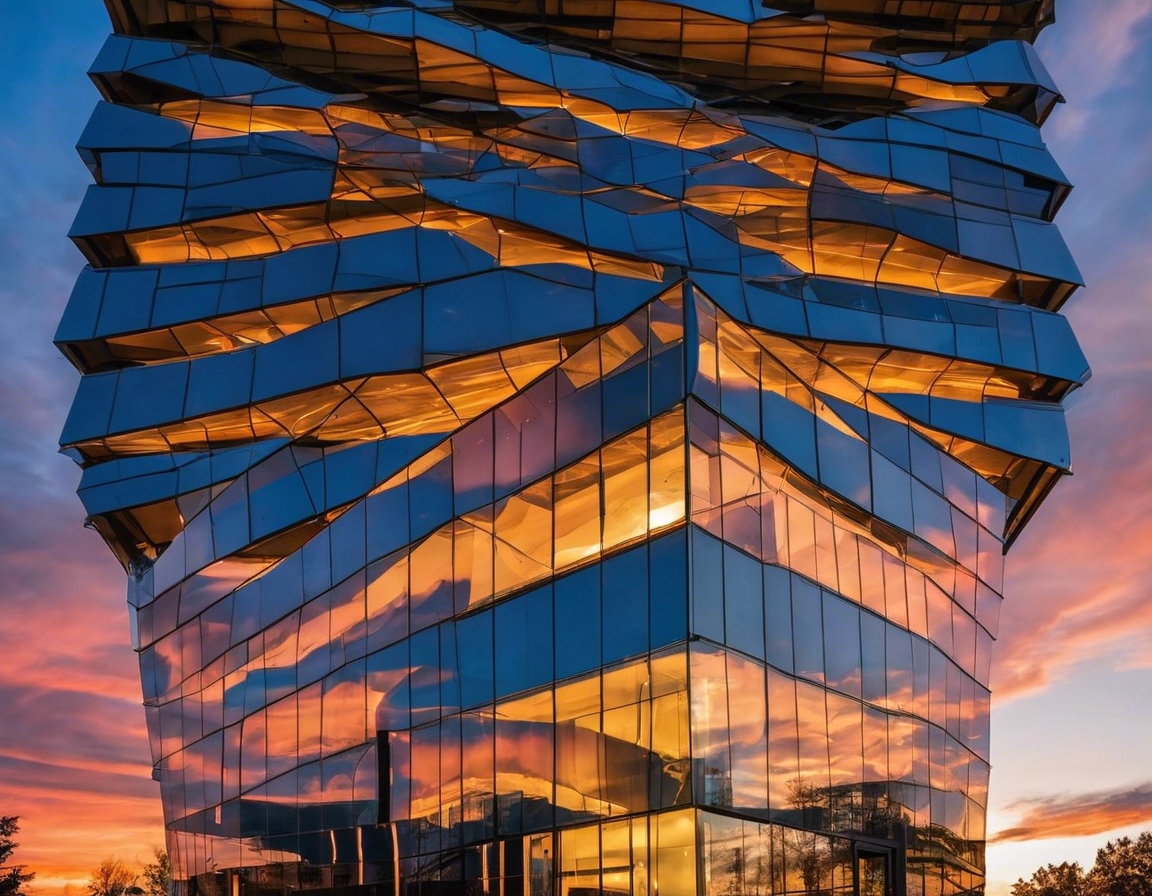The role of architecture in cultural preservation
Cultural preservation is the act of maintaining and protecting the cultural heritage of a community, nation, or society. It encompasses a wide range of practices, from preserving traditional customs and languages to safeguarding historic buildings and artifacts. Architecture plays a pivotal role in this process, serving as a tangible link to the past and a vessel for historical narratives.
Buildings and structures are more than mere shelters; they are embodiments of artistic expression, technological advancement, and societal values. They tell stories of the times in which they were built, reflecting the economic, social, and political climates of their eras. As such, architecture is integral to cultural preservation, offering insights into our collective history and identity.
Architectural Elements in Cultural Identity
Architecture often incorporates symbolic elements that represent the beliefs, values, and aspirations of a culture. From the grandeur of cathedrals to the simplicity of vernacular homes, these symbols are encoded in the very fabric of the buildings, contributing to a sense of place and belonging.
Each architectural style carries with it a historical context that informs its aesthetic and functional choices. Gothic arches, Baroque ornamentation, and Modernist minimalism are not just design trends; they are reflections of cultural epochs that have shaped human civilization.
Challenges in Preserving Cultural Architecture
As cities expand and modernize, historic buildings often face the threat of demolition or neglect. Balancing the needs of a growing population with the desire to preserve cultural heritage is a complex challenge that requires thoughtful planning and design.
Environmental conditions such as climate change, pollution, and natural disasters pose significant risks to the integrity of historic structures. Addressing these threats requires innovative approaches to conservation and restoration.
Strategies for Cultural Preservation through Architecture
Adaptive reuse is a strategy that involves repurposing old buildings for new uses while retaining their historical features. This approach not only saves structures from decay but also breathes new life into them, allowing them to continue serving the community in a contemporary context.
Effective cultural preservation often relies on robust legal frameworks and policies that protect historic buildings and landscapes. These regulations can incentivize preservation efforts and ensure that development projects are carried out with sensitivity to the cultural significance of the area.
Engaging local communities in the preservation process is crucial for its success. Educational programs can raise awareness about the value of cultural heritage, and community involvement can ensure that preservation efforts are aligned with the needs and desires of the people who live there.
Technological Advancements in Architectural Preservation
Technological tools such as digital documentation and 3D scanning have revolutionized the field of architectural preservation. These methods allow for precise recording of historic structures, facilitating their study and restoration.
The development of new materials and conservation techniques has greatly enhanced the ability to preserve and restore historic buildings. Innovations in this area help ensure that structures can withstand the test of time while maintaining their cultural significance.






Comments (0)